-
Posts
685 -
Joined
-
Last visited
Content Type
Profiles
Forums
Gallery
Events
Posts posted by mattsayers148
-
-
Awe come on Cathead, I wanted to put a Hunnybucket on board!
Thanks for the info CaptainSteve, I'm assuming this should be done before any wood parts are attached?
- CaptainSteve and GLakie
-
 2
2
-
That query i posted was intended as a joke. The colon is the last stop where the body holds waist until the body knows if it has enough fluids. If not it remains in place as the body will squeeze out any and all fluids which is the only useable item at this point. Once properly hydrated, the body will say get out.
Onto the build. I'm at the point of making several metal parts for tools out of brass. Which means blackening. I know that there are many products that do this, but I'd like to know what chemical best suits the very small scale that is used here. So CaptainSteve, what have you found that works best for the modeler? I'm looking for one that is quick, permanent and won't kill my squirrels.
By the way here's a hammer that goes well with my adze:)
- Cathead, CaptainSteve, dgbot and 1 other
-
 4
4
-
No problem Monkeyhead, I try to find the proper knots to do to avoid haveing to seize them. The model supplied ropes feel like nylon and don't hold a knot, whereas cotton thread with wax, you can firmly tie a knot that won't slip.
For my launch, and my previous build, I made the sails so that they can be completely unshipped. Good luck, your boat looks really awesome! I finally got to go through your build log and am very impressed.
Matt
-
Your horoscope or horror-scope?
- CaptainSteve, dgbot and GLakie
-
 3
3
-
Axe-thrower or axe-murderer?
- GLakie and CaptainSteve
-
 2
2
-
- CaptainSteve, Salty Sea Dog, Canute and 1 other
-
 4
4
-
Hey Monkeyhead, a fairly cheap replacement for model supplied ropes. I use Dolfus-Mieg & Co(DMC) cordonnet special thread for all of my rigging. It's mercerized(chemically burned to remove hair) cotton which darkens if you wax them. If you wane colors, DMC brilliant tatting thread comes in many colors. These can be found on eBay (or from a store/friends stash) for fairly cheap and will eliminate the fraying. DMC come in sizes 3-100 to match up to scale on your build. Very nice barracoe, water cask, water keg, water breaker. You're right they're same yet different,
Matt
-
Hey Monkeyman, where/how did you find info on barracoes? I spent hours trying to find out what they're called now and photos.
Hey CaptainSteve, it seems like every time I complete an item,two more are added. I've already decided to include only no perishable items. You smashed that out of the ballpark with your hairy nuts. As far as the tools are concerned, my thinking on them are finally in focus. It seems that there would be little to do at sea in the area of finish carpentry. If the extra lumber on board were not enough for major repairs, these ships had to find land and go get the lumber from what they could find.
My mind goes to the Amish and their barn building. Felling their own trees and shaping them on the spot to fit. They use tools that are very aggressive to remove and shape timbers fairly quick and accurate. Old school methods where less is more.
Another item for thought is how pooping was handled. Did they hang over the edge of the boat on a makeshift seat/platform and dispose of digested items. Did they get naked and jump in the ocean where they could wash their bum as well?
- CaptainSteve and GLakie
-
 2
2
-
Well David, I bet the guys on that boat wished they were all filled with rum.
- CaptainSteve, Canute and GLakie
-
 3
3
-
-
Thank to everyone for the likes. Now George, I said when I finished my tiller that I was done with the whipping. So I will do my best to keep my word and make these barracoes functional.
And Pops, you are the keystone in this arch of madness. It was your awesome anchor crane that led me down this rabbit hole. Although, I've learned that there are many rabbit holes in this rabbit hole.
- CaptainSteve, dgbot, Canute and 1 other
-
 4
4
-
- CaptainSteve, Canute, dgbot and 1 other
-
 4
4
-
I finally found the answer to the "4 barracoes" listed in CaptainSteve's spreadsheet. These were most often referred to as water cask, water keg and/or water breaker. These kegs were often refered to during rescue accounts such as on lifeboats or military ambulance wagons during the Civil War. Although labeled "water", these were also filled with other liquid "necessities" such as rum. I had found these images and couldn't find them again til I got the wording correct in my search. I put the bands on the barracoe before I found these images so they're a bit off.
- GuntherMT, GLakie, CaptainSteve and 1 other
-
 4
4
-
-
- CaptainSteve, dgbot, Salty Sea Dog and 2 others
-
 5
5
-
Now you have to employ a tiny little elf camera dude to get some close-ups. That's a beautiful ship, love the sails.
Matt
- GLakie and Salty Sea Dog
-
 2
2
-
So did you end up flipping the transom or plank it over?
-
Buck- That's what it looked like to me but it seemed wierd to call it a lantern keg if the lantern wasn't kept in it. Is the area where it points the lantern, keg and compass, closed in?
-
-
No problem, Buck. I've been researching these boats and am perplexed at how difficult some of the info is to find. Most of the time it's how you word the search.
-
-
Hey Buck,
Is the loop on the top of the lantern keg, where the arrow is pointing and says lanyard cleat, is that the handle of the lantern sticking out or the handle of the lantern keg? Also do you have any drawings or other places that show what it looks like in place?
Matt
I found these pics. It appears that the lantern keg was used to keep things dry like flint and steel, timber, tobacco. I'm guessing that handle on the top may have been used to hoist on the mast, kinda like you do with your food in bear country. I hope this helps you.
- IgorSky, canoe21, Salty Sea Dog and 2 others
-
 5
5
-
This may answer some questions, and the need to make some more tools.
Also the spigot I made is for the larger barrels(3/4in scaled down to 3/64). If I were to make the smaller size: spigot hole would be reduced by 1/64in and bung hole reduced by 1/128 making bung hole a generous 7/128th of an inch.
- GLakie, msberkman, CaptainSteve and 1 other
-
 4
4
-
Well on the point of filling, I read in several places about the use of a "funnel" just can't think what it's called. Ah, just found the modern version called, of all things, a funnel. Buck, now that you mentioned it, I remembered discussing the positioning. Even in some modern day camping water containers, there's a stopper that is opened when the container is turned down to dispense. If you try to pour with the valve not opened, the water trickles or just drips. Toilets, gas tanks and such all have to use a vent or some form of high pressure to break the suction caused by water tension.
The reason for the bung on top or side came from my search of "what are barraceos?" It's a freshwater barrel: dimensions: 7in at the head, 8 1/2in at the bilge and 21in tall(capacity 5gal) that's the size diameters of the little kit supplied barrels but a bit more than double the length.
With that, now I have to make 4 of these as CaptainSteve noted in his spreadsheet, they had four empty barracoes. It was in reference to those where it mentioned the bung and spigot both in the head. It would make sence with the larger barrels would be at the bilge, and possibly had to be placed on a block like Buck's barrel.
- GLakie, CaptainSteve and Salty Sea Dog
-
 3
3



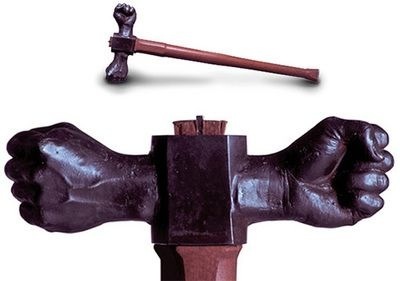
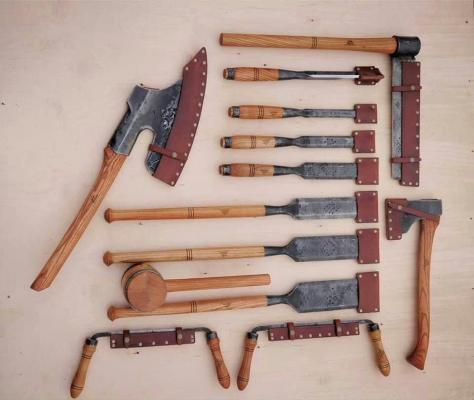
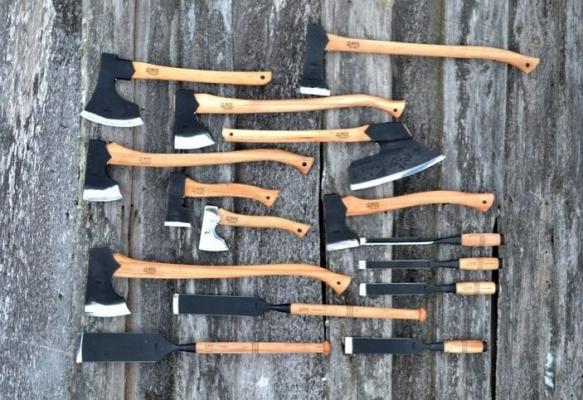
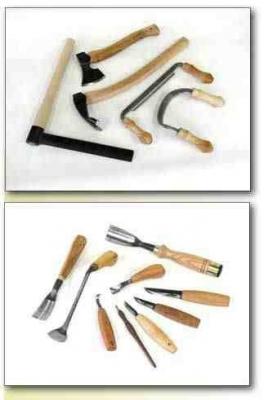
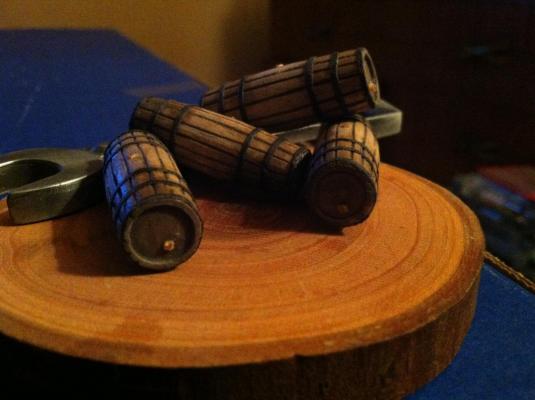
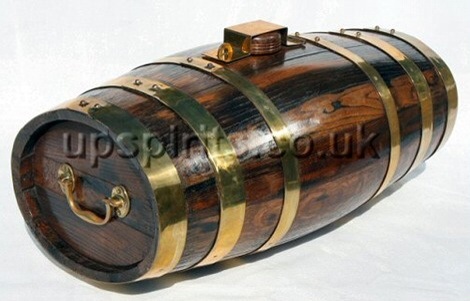
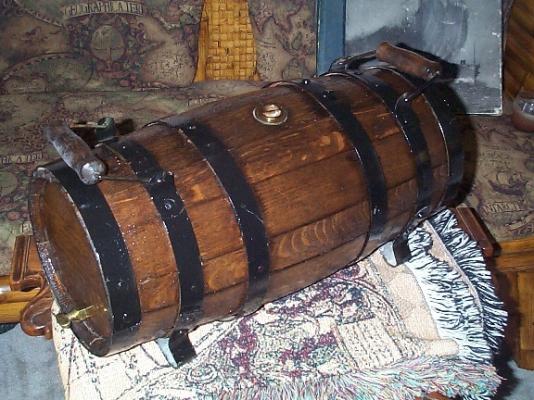
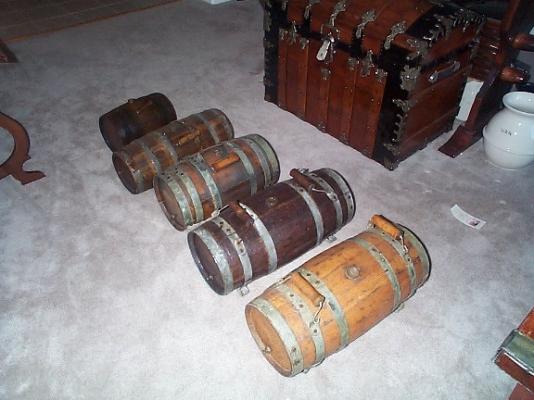
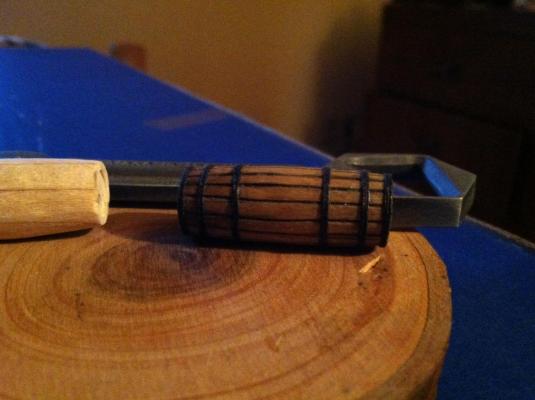
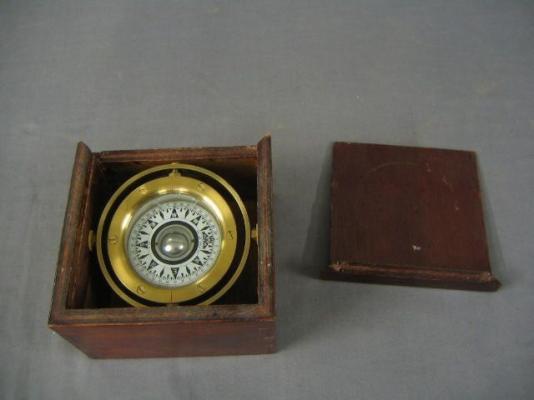
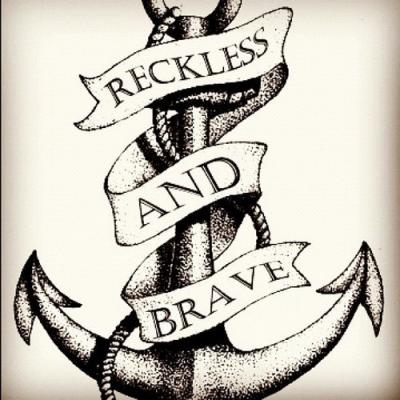
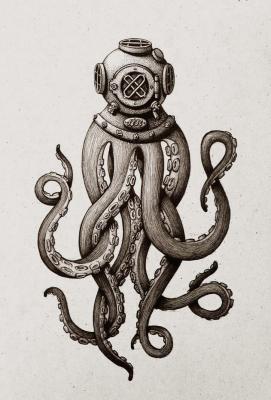

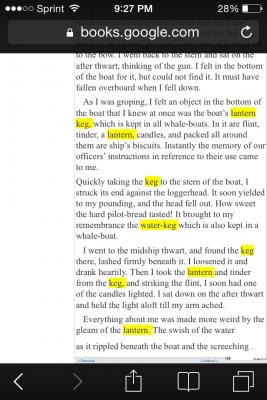
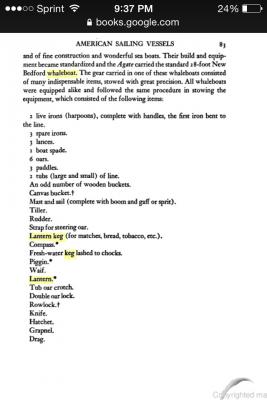

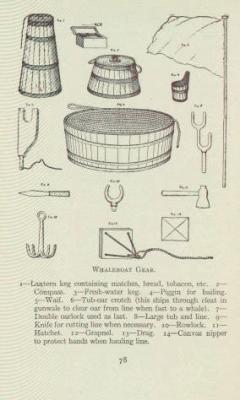
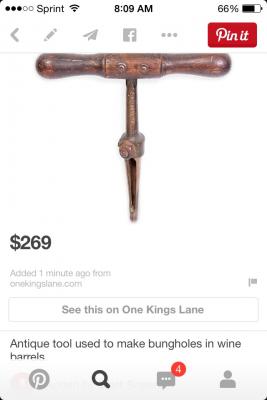
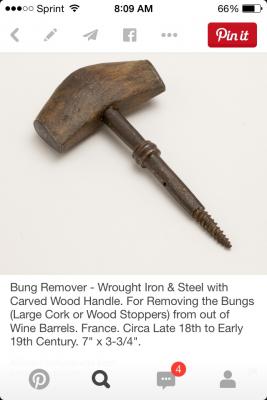
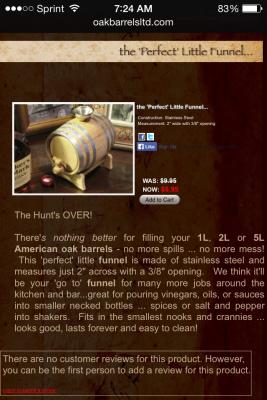
HMS Bounty Launch by mattsayers148 - FINISHED - Model Shipways - scale 1:16 - SMALL
in - Kit build logs for subjects built from 1751 - 1800
Posted
Thanks CaptainSteve I'm gonna go get some and hope for the best.